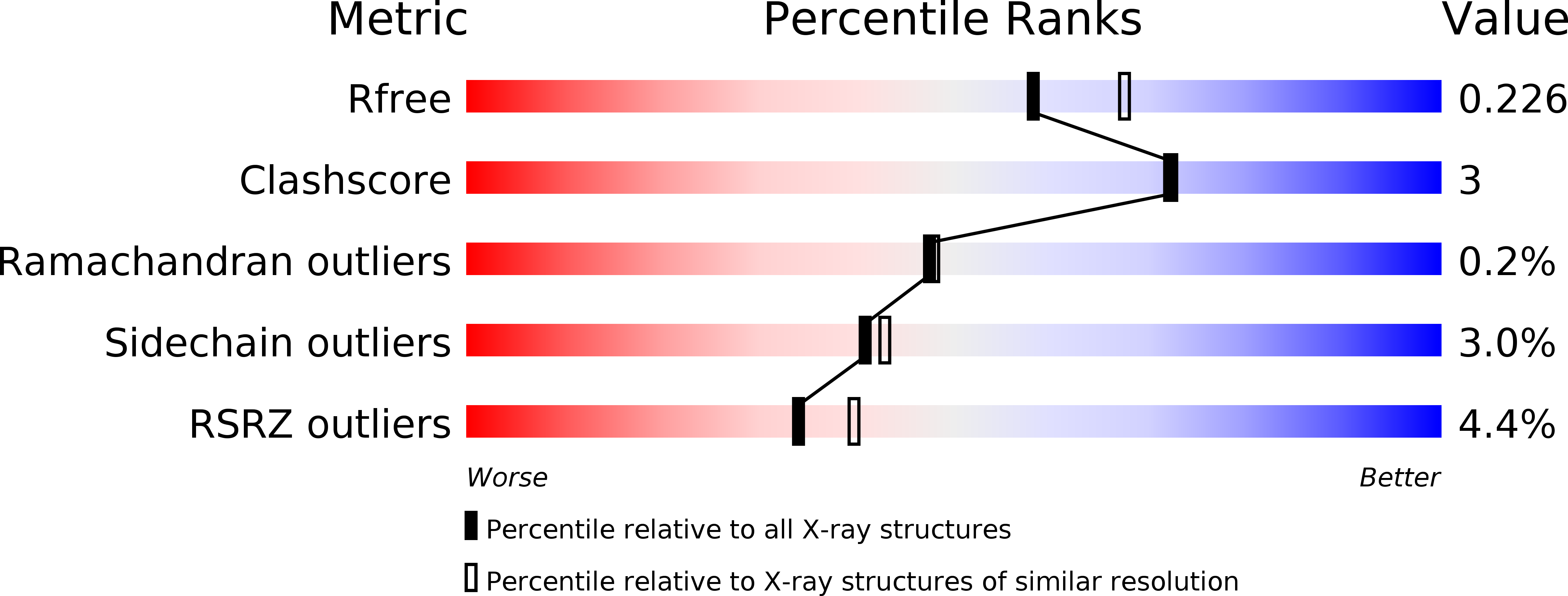
Deposition Date
2018-09-26
Release Date
2019-01-23
Last Version Date
2024-01-24
Entry Detail
Biological Source:
Source Organism:
Host Organism:
Method Details:
Experimental Method:
Resolution:
2.11 Å
R-Value Free:
0.22
R-Value Work:
0.19
R-Value Observed:
0.19
Space Group:
P 43


